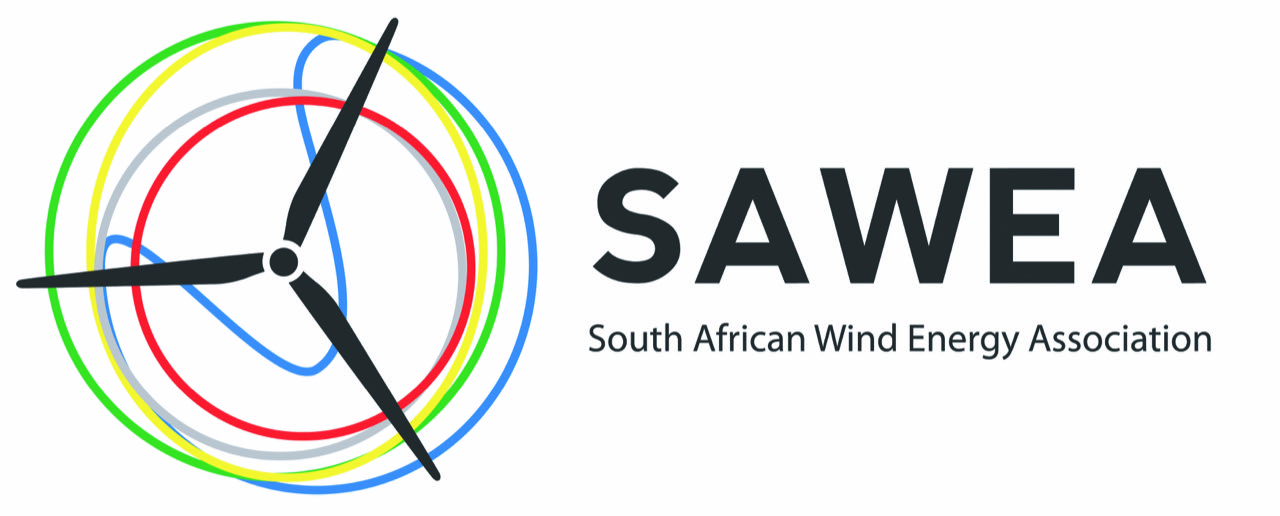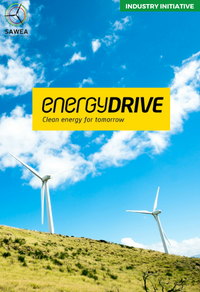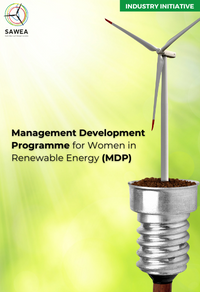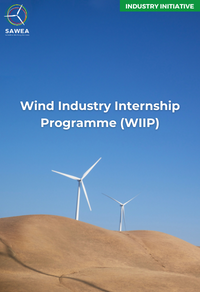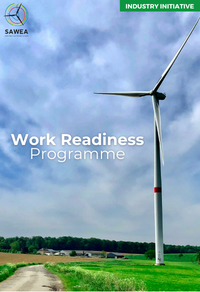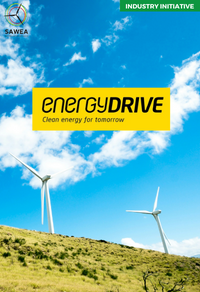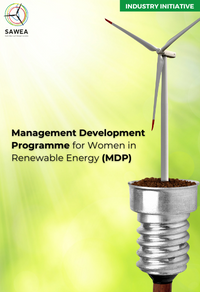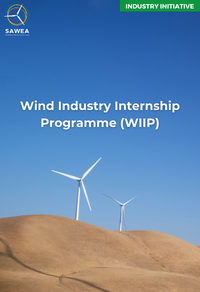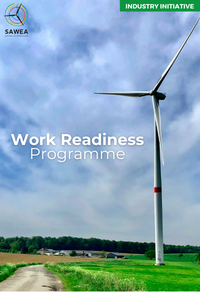Wind Sector Responds to Utility Grid Rules Cautioning Impact on New Power Generation and Investor Confidence
The South African Wind Energy Association, in response to today’s ‘Interim Grid Capacity Allocation Rules’ briefing by the State Utility, has cautiously noted its appreciation of the efforts made by Eskom and their dedication to ensure a fair, equitable and transparent allocation of the limited available grid capacity in a structured and coordinated approach.
“For the country to realise a balanced and reliable energy mix, we need to fully acknowledge the current grid constraints and the limitations this places on the energy sector. Therefore, the envisaged process needs to be one that is practical and encourages or stimulates more and better participation,” commented Niveshen Govender, CEO of SAWEA. Govender, however, warns that whilst the Association comprehends the challenges faced by the Utility, it is concerned about the onerous criteria imposed.
“As outlined during the engagement session, the proposed rules that include the primary energy resources assessment, which for wind is two years of measured data, is in our view, an unnecessary and unreasonable requirement and could potentially delay the implementation and roll-out of new wind projects,” stated Govender. SAWEA points out that investor confidence in the South African energy sector, continues to dwindle and that from an economic standpoint, urgent consideration for investor perspective is essential. “We need to consider how investors’ views on the rules and position in the market will be impacted should the Utility’s process not take into consideration a holistic approach as far as the criteria are concerned. Furthermore, given the current state of the energy sector, a better environment is requisite to attract much needed investment, in order to urgently bolster our electricity network with new generation capacity,” he added.
SAWEA has called for further engagement and consultation between the Utility and the industry to understand the implications, practicalities, and possible unintended consequences of the rules as well as the real impact that this will have on the clean energy transition and the long-term impact of these rules on the renewable energy sector. As such, this approach should be considered an interim measure until South Africa has sufficient transmission infrastructure built to integrate significantly more renewable energy into the energy mix at an accelerated rate.
